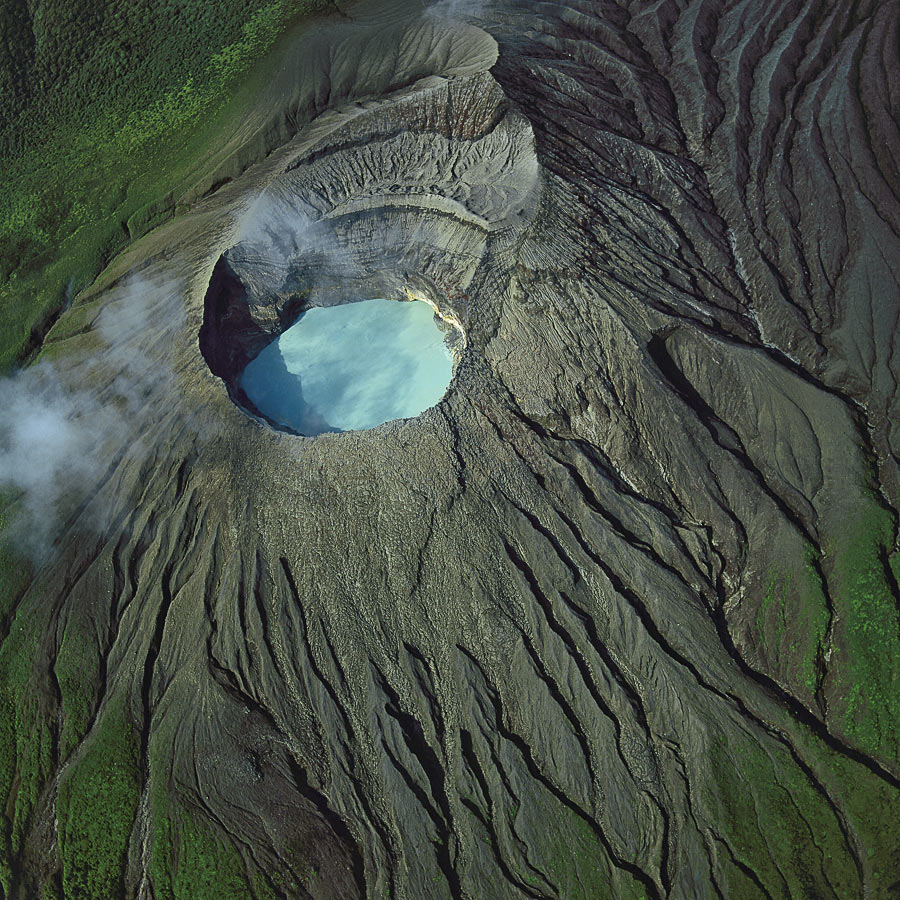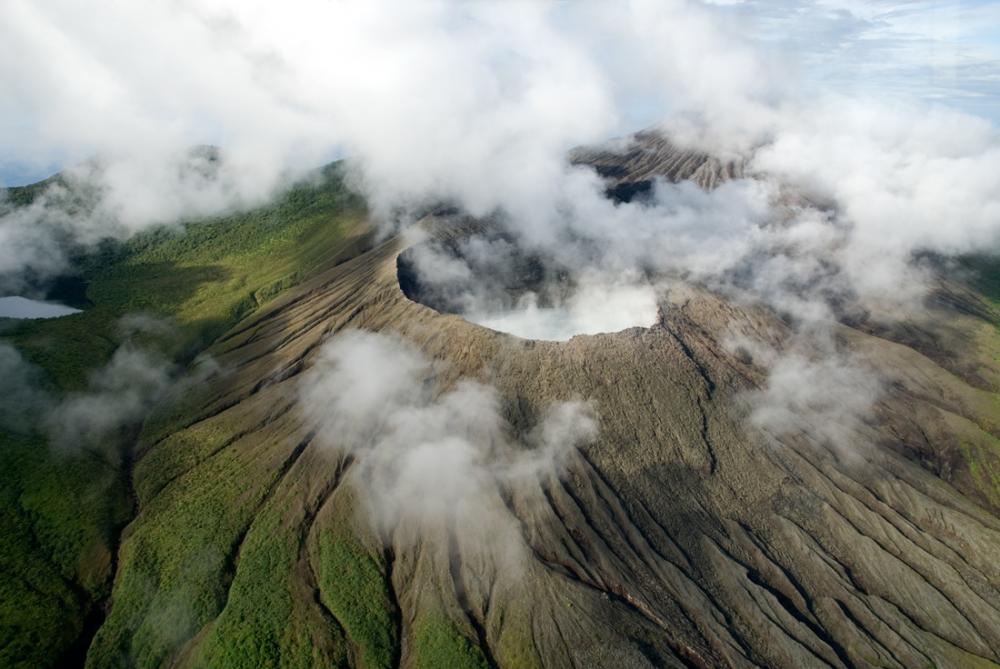Costsa Rica News – The volcanoes of Costa Rica’s lauded national park system have helped make it a tourism favorite for generations. But three bills before the national legislature offer a reminder that volcanoes also make the parks attractive for another use: drilling for geothermal power.
 Demand for electricity has been rising in Costa Rica for decades, and proponents say geothermal—tapping the heat trapped underground and using it to drive turbines—is a carbon-free solution, for a country that has pledged to reach carbon neutrality by 2021. However, the volcanic areas with the highest geothermic activity have long been set aside as national parks, causing conflict between conservationists and the country’s state electrical company.
Demand for electricity has been rising in Costa Rica for decades, and proponents say geothermal—tapping the heat trapped underground and using it to drive turbines—is a carbon-free solution, for a country that has pledged to reach carbon neutrality by 2021. However, the volcanic areas with the highest geothermic activity have long been set aside as national parks, causing conflict between conservationists and the country’s state electrical company.
The new legislation would allow the exploitation of geothermal energy within protected areas: two by public or private enterprise, and one permitting only the state electricity company. The third is considered to have the most potential to pass, but it has high-profile opponents, including President Luis Guillermo Solis, who said in December he would not support the bill.
Alvaro Ugalde, a conservation leader who helped found the national park system in the 1970s, said the volcano’s iconic craters were cast as figureheads to spur protection for the tropical forests surrounding them. “We were going for the ecology, not the volcanoes,” he said.
Some of those protected ecosystems would be handed over to Instituto Costarricense de la Electricidad (ICE), the state electric company, under the proposed law. Geothermal development involves building roads and platforms, and drilling, first to test the geothermal potential and eventually exploit it, said Gerardo Soto, an independent geologist and volcanologist.
With growing demand from both commercial and residential sectors, Costa Rica’s electricity use grew in recent decades at a rate of 5.3 percent annually. In 2011 Costa Rica’s ministry of energy and environment predicted demand would double within 13 years.
Costa Rica is a leader in clean energy production, and hydroelectric dams currently generate 68 percent of the country’s electricity. The country was uniquely suited to exploit hydropower, with abundant and regular rainfall cascading down from the mountainous center towards both the Pacific and Atlantic coasts.
Current geothermal projects, located outside national parks, provide 15 percent of Costa Rica’s energy mix, according to ICE.
Continuing to increase hydroelectric capacity is difficult, making increased geothermal attractive. Soto, who does consulting for ICE and private utilities, said there are few sites for more large hydro-dams, and some are in politically sensitive areas. For example, Diquís, a project in Southern Costa Rica, is far behind schedule due to conflicts with indigenous groups.
Eddy Rivera Sanchez, director of geothermal resources for ICE, said geothermal could provide much more reliable power. It wouldn’t replace dams, he said, but has the potential to provide much more of the country’s energy mix at a time when hydroelectricity has becomes less certain. “Diversifying the electrical grid to sources that don’t depend on water is a way to protect it,” Sanchez said.
He agrees that the best geothermal sources are within national parks, as a natural result of preserving the unique environments surrounding Costa Rica’s volcanoes. “Unfortunately, it’s a coincidence of objectives.”
Sanchez said minimizing environmental damage and allowing recovery has been fundamental in current geothermal endeavors, and that projects within parks would change the habitats no more than natural destruction such as forest fires or landslides. “The effects would be of a level that wouldn’t cause irreversible damage,” he said.
But many conservationists say energy alternatives like wind have not been sufficiently explored to justify a commitment to geothermal energy within the parks.
Ugalde notes that the main problem with the laws being considered is that they attempt to remove the land needed from park status, instead of calling on ICE to work with the park service. Instead the energy company would be required to compensate for the land used, either monetarily or in the form of land purchased elsewhere and given to the park.
The idea that the land within the park could be replaced doesn’t sit well with conservationists. “There’s nothing like it,” Ugalde said of the ecosystems within National Park Rincón de La Vieja, one of the main targets for geothermal. “We created the park exactly in the only site where there was forest.” When Ugalde was beginning the park system, around 70 percent of Costa Rica had been deforested.
It’s not the first time legislators have proposed energy production in the country’s national parks. In 2000, a suite of laws to privatize energy production included permission for hydraulic and geothermal within parks. But both the move towards privatization and the environmental threats were met by sweeping protests, which crippled the country.
Ugalde believes the time for a compromise may eventually come. He can envision geothermal development within the park, but says it must be supervised by the park service. “If they’re gonna need geothermal energy from Rincón, they’re gonna be trying every four years to get it out,” he said, “so let’s work together.”
By Andrew Graham, http://energyblog.nationalgeographic.com/

